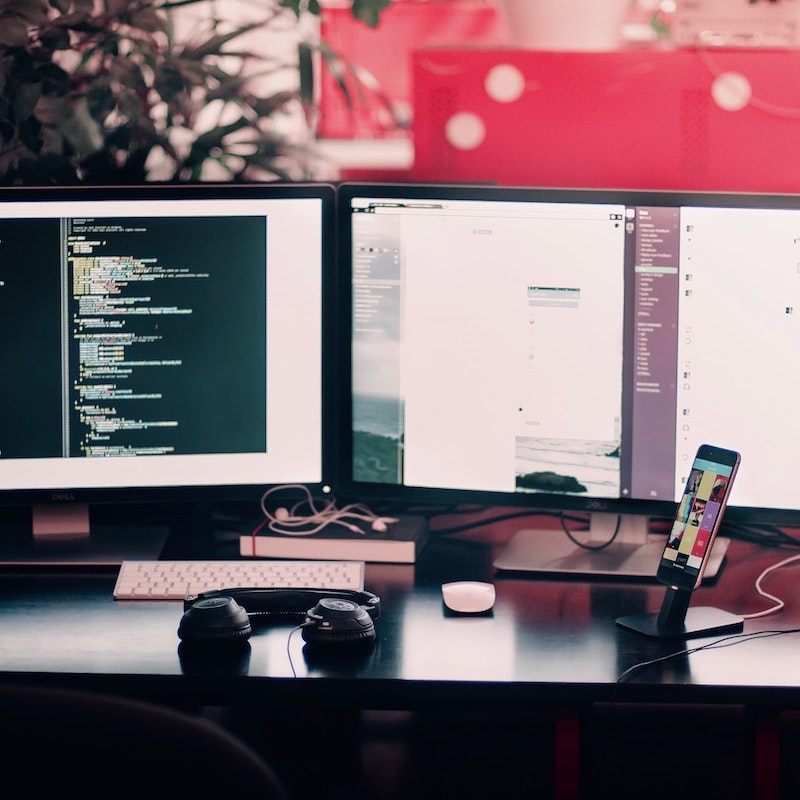Letting your employees work from home helps prevent the spread of COVID-19. In that way, remote work improves safety. Unfortunately, having a remote workforce can open your data to attacks from hackers.
By some accounts, hacking against American companies doubled from March to April. Every business should therefore take the threat of hackers seriously and take precautions to prevent it. Luckily, you can still access on-site data safely even while your employees work from home.
Set Up a Virtual Private Network (VPN)
Setting up a virtual private network (VPN) creates the first line of defense between your data and cybercriminals. A VPN improves your network’s security by creating a pipeline between your on-site network and your remote workforce. The pipeline runs through the Internet, but it has “walls” that prevent anyone else from looking at the data flowing through the pipe.
VPN services will also encrypt data that moves from your on-site network to your employees (and vice versa). Even if a hacker manages to peak into your pipeline, they won’t see anything useful. The encrypted information is indecipherable.
Make Sure Files are Encrypted
For extra protection, make sure you encrypt all of your files. Windows 10 gives you an easy way to encrypt files that contain sensitive data. All you need to do is take the following steps:
-
- Find the file or folder that you want to encrypt.
- Right-click the file or folder and select Properties.
- Click Advanced and check the box for “Encrypt contents to secure data.”
You can also encrypt Office Documents and files on Mac OS computers. By encrypting your files, you help ensure that no one can read your data. If a particularly resourceful hacker manages to access your network, the files will only contain meaningless characters. Without the right password, no one can read the information inside your files.
Enable Multi-Factor Authentication (MFA) to Limit Access
Multi-factor authentication (MFA) adds even more protection to your files by requiring more than a password to view the encrypted contents. MFA can take several forms. For example, employees that want to view a file may need to enter a password and their personal identification number (PIN).
MFA can also include these steps:
-
- Sending an SMS to your employee’s smartphone.
- Asking your employee to use an app like GNU Privacy Assistant to decrypt a message before viewing the data.
- Sending a one-time, secondary password to your employee via email.
You have plenty of options, so talk to a data integrity expert to help you decide the right way MFA can benefit your business.
Extend Your BYOD Policy to Remote Work Devices
Now that your employees work remotely, they may need to use their own devices. Considering that more than half of employees already use their personal devices at work, you could already have a BYOD policy in place.
However, given the circumstances, it’s wise to extend your BYOD policy to include work-from-home policies as well. That could mean telling your workers that they need to install certain apps, or that they should avoid installing unauthorized apps on devices that they use for work.
You might also want to teach your employees how to configure their routers and firewalls to prevent hackers from accessing their home networks. The more protection your workers have at home, the safer your on-site data stays.
Remote work will create plenty of challenges for businesses and their employees. As long as you take the right precautions, the benefits outweigh the disadvantages.
Make sure you protect your on-site data now that your workforce is remote by contacting AxiaTP. The IT and security consultants at AxiaTP can help you explore your cybersecurity options and choose a plan that fits your unique needs. Your commitment to keeping employees healthy doesn’t have to put your data at risk. A few steps can help prevent cybercriminals from taking advantage of this unprecedented situation.


